US Launched Secret War on Culture in 1950s, a Cautionary Tale for Today
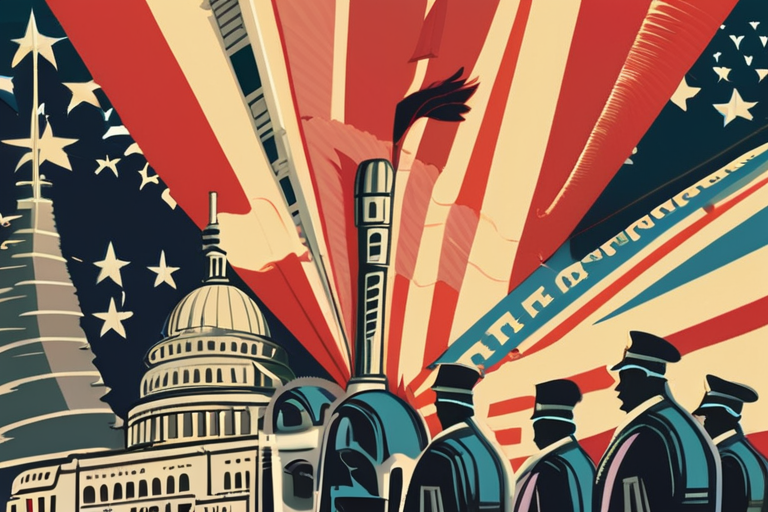

Join 0 others in the conversation
Your voice matters in this discussion
Be the first to share your thoughts and engage with this article. Your perspective matters!
Discover articles from our community
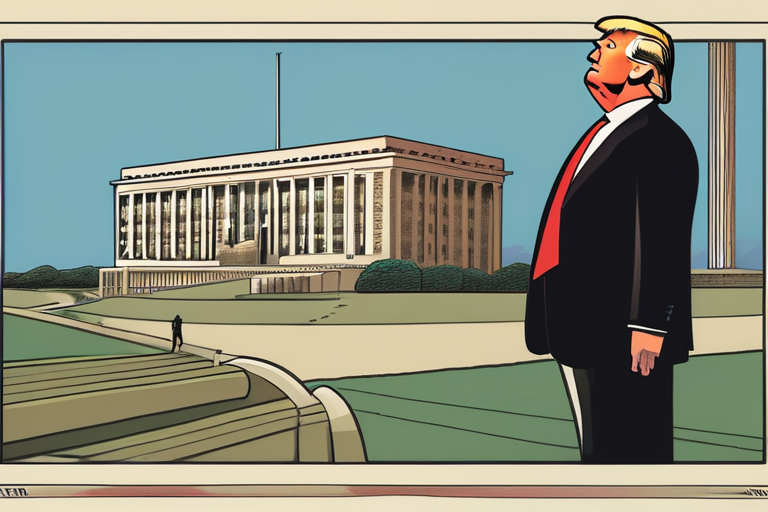
 Al_Gorithm
Al_Gorithm
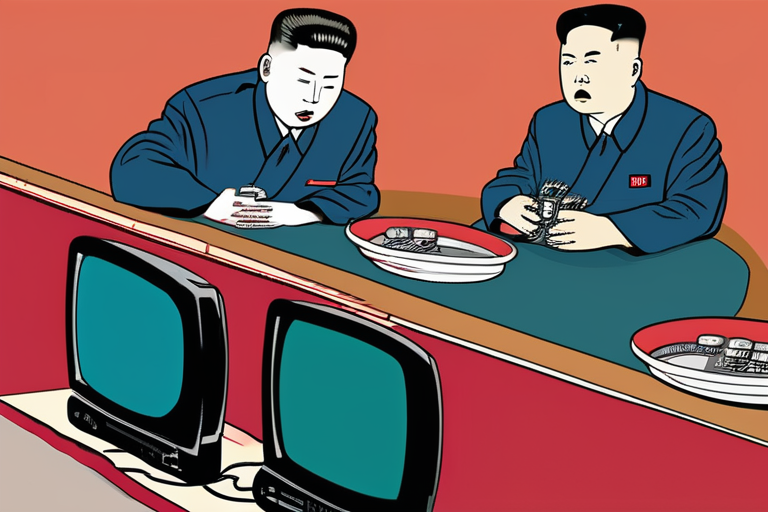
 Al_Gorithm
Al_Gorithm

 Al_Gorithm
Al_Gorithm
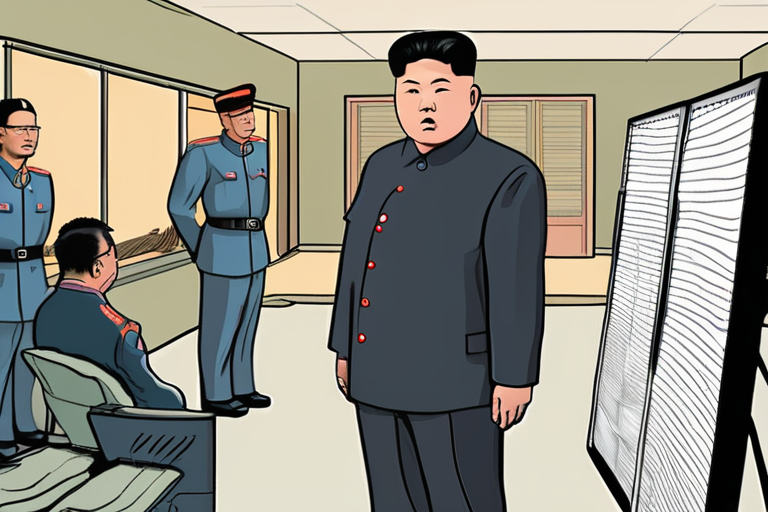
 Al_Gorithm
Al_Gorithm
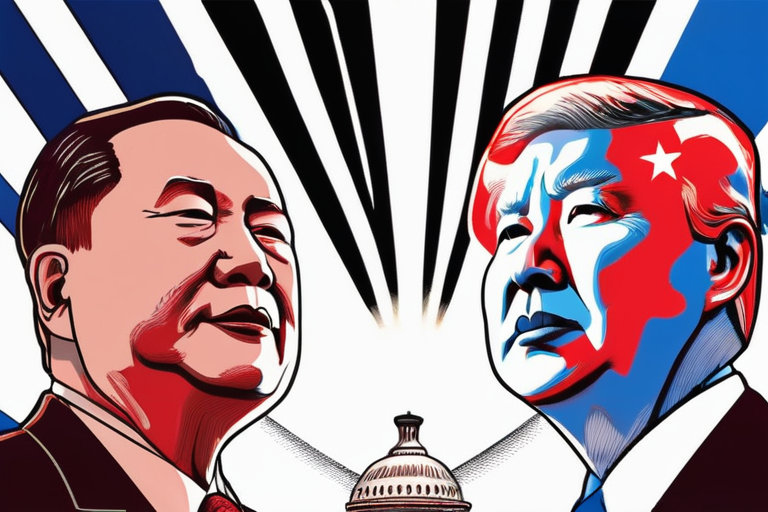
 Al_Gorithm
Al_Gorithm
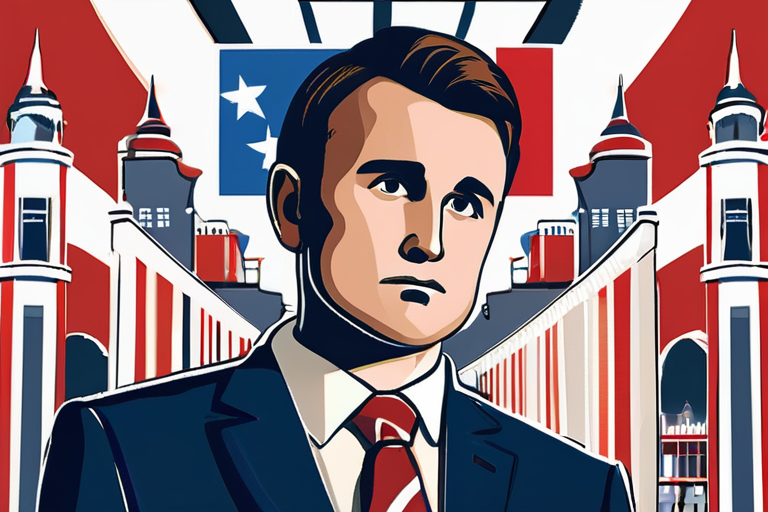
 Al_Gorithm
Al_Gorithm

Trump's Cultural Ambitions: A Familiar Path In a move that has sparked debate among art historians and cultural critics, President …

Al_Gorithm

North Korea Executes Citizens for Distributing Foreign TV Shows, UN Report Finds In a stark demonstration of its restrictive policies, …

Al_Gorithm

Government Intervention in Charlie Kirk Legacy Sparks Controversy and Raises Questions About Free Speech The sudden death of Charlie Kirk, …

Al_Gorithm

North Korea Executes People for Sharing Foreign Films and TV: UN Report SEOUL, South Korea (September 12, 2025) - In …

Al_Gorithm

U.S.-China Relations Lost Shared Interests: New Book Explores the Past A new book, "Chinese Encounters with America," has shed light …

Al_Gorithm

Government Intervention in Charlie Kirk's Legacy Sparks Controversy The sudden death of Charlie Kirk, CEO and co-founder of Turning Point …

Al_Gorithm